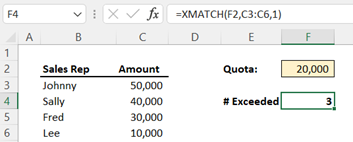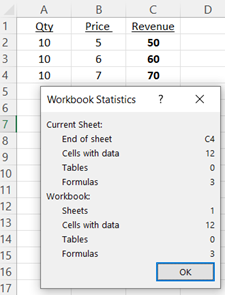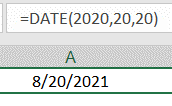Have you ever created an exploration in IBM Planning Analytics Workspace (PAW) that contains a lot of data and wish that you could separate the information? PAW allows you to insert blank rows and columns called “spacers” into your exploration.
Here is an example of a grid that shows expenses by company:
This subset of data is not very large, but it’s somewhat difficult to differentiate the totals from the details within the grid. This is an example where spacers can help.
You can insert a space by simply right-clicking on the area where you want to insert the blank row or column and then selecting the option to “Add spacers.” You can insert the spacer before or after the area that was clicked.
Here is the same example after inserting a blank row that separates the total expense value from the account values:
From there, we can adjust the size of the spacer and update the formatting of the top row to make the total values stand out.
This approach will help make it easier for you to create easy-to-read explorations for your users.
IBM Planning Analytics, which TM1 is the engine for, is full of new features and functionality. Not sure where to start? Our team here at Revelwood can help. Contact us for more information at info@revelwood.com. And stay tuned for more Planning Analytics Tips & Tricks weekly in our Knowledge Center and in upcoming newsletters!
Read more IBM Planning Analytics Tips & Tricks:
IBM Planning Analytics Tips & Tricks: Excel Switch Function
IBM Planning Analytics Tips & Tricks: PAW Generated Statements










